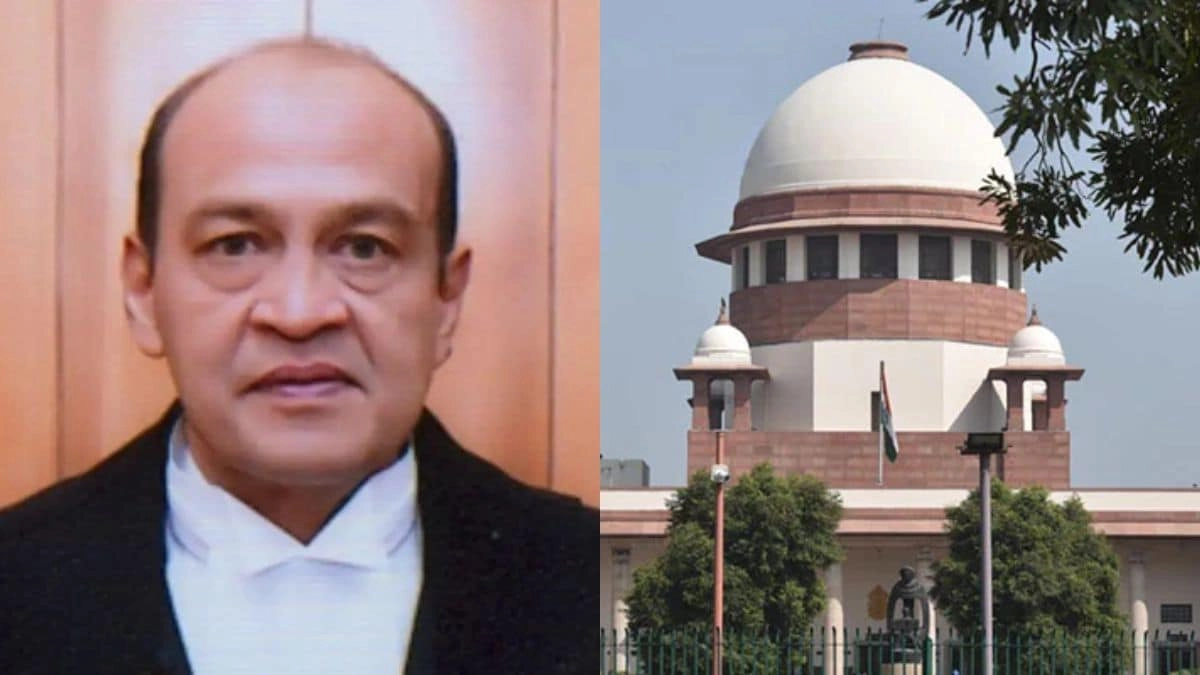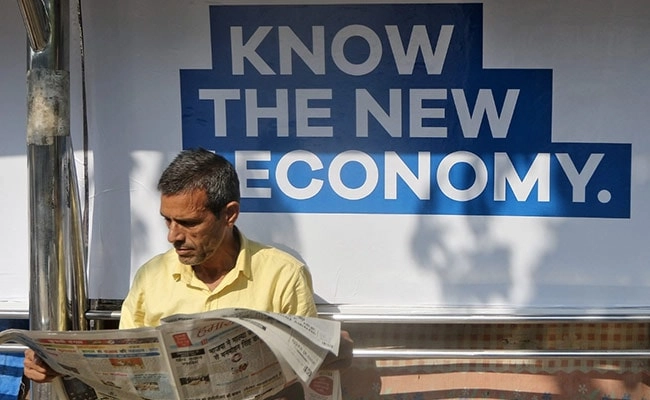The U.S. Supreme Court recently posed challenging inquiries to a judge involved in a contentious cash row case, prompting a deeper examination of judicial processes and the implications of delays in legal proceedings. The case has raised eyebrows not only for its legal intricacies but also for the broader questions it evokes about the efficiency and transparency of the justice system. The justices pressed the judge on the rationale behind the prolonged wait, highlighting the potential consequences of such delays for the parties involved and the public’s trust in the legal system.
One of the critical concerns addressed during the proceedings was the impact of judicial delays on the rights of individuals and entities seeking resolution. The Supreme Court justices underscored that prolonged waiting periods can exacerbate tensions and lead to further complications, questioning whether the delays were justified and what measures could be taken to prevent such occurrences in the future. The questions posed by the justices reflect a growing frustration with the operational inefficiencies that can plague the judiciary, which are often perceived as undermining the fundamental principle of timely justice.
Furthermore, the Supreme Court’s inquiry into the cash row case serves as a reminder of the intricate balance that judges must maintain between thorough deliberation and expeditiousness. While it is crucial for judges to ensure that all aspects of a case are considered, the justices emphasized that this should not come at the cost of undue delays that can adversely affect those waiting for a resolution. The dialogue surrounding this case is not merely about the specifics of the cash row but rather highlights a critical conversation about how the judiciary can improve its processes and enhance public confidence in its ability to deliver justice efficiently.
In conclusion, the Supreme Court’s tough questions to the judge in the cash row case bring to light essential issues within the legal system regarding the timeliness of decisions. As these discussions continue, they may pave the way for reforms aimed at reducing delays and improving the overall effectiveness of the judicial process, ensuring that justice is not only done but seen to be done in a timely manner. The case exemplifies the ongoing need for vigilance in the courts, reminding all stakeholders of the importance of making justice accessible and prompt for everyone involved.




